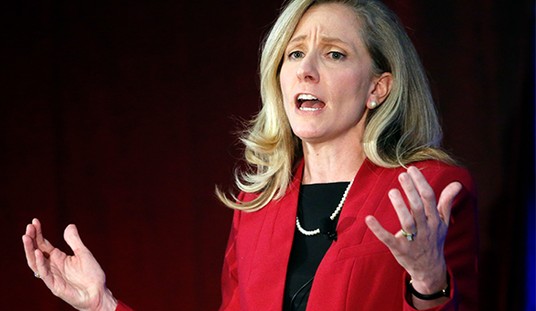On the rim of the Grand Canyon, there is an area that is not part of Grand Canyon National Park. This land does not belong to the federal government. It belongs to the Navaho people. The Navaho tribe, as such, has the right to develop its tribal land to bring tourism, money, and jobs to its population. But this kind of thing gives out-of-town environmentalists and the government employees who run the park a sad.
The New York Times article on a proposed $1 billion development actually features quite a few viewpoints, mostly fairly, but it frames the whole story with an anecdotal lede featuring a Navaho environmental activist— the most sympathetic anti-development activist in the piece— and calls all such development “threats from the outside” to the park, which is “under siege,” so you know where they’re coming from. There are plenty who won’t get past that lede, will curse the evil developers antagonizing nature and indigenous peoples and the saintly government, and move on with their fair-trade coffee in whatever hipster enclave they’re sitting.
But who does support such development? Environmentalists and park employees call it “making money off the Canyon”—which aren’t they making their livings in Canyon-related activities, but I digress. The local tribes often support such development because of a record of success at another Grand Canyon site about which environmentalists complain:
A skywalk finished in 2007 over the western rim of the Grand Canyon, on land owned by the Hualapai tribe, has become an overwhelming success, drawing thousands of visitors a year, most from Las Vegas. Some then take a helicopter ride to the bottom of the canyon, to the distress of conservationists.
Also, local communities who don’t exactly have the amenities of their environmental lecturers residing in urban centers:
Greg Bryan, the mayor of Tusayan and manager of a Best Western there, said that development was needed to accommodate park workers as well as people who might want to live near this national park.
“We want people to own their own home,” he said. “It’s awfully nice that the environmental community that lives in Chicago or Boston or Los Angeles — who live in their nice homes and who can go down to the corner grocery store and get whatever — can complain about what’s taking place here, without realizing that the people who live here need to have some quality of life as well.”
And, the Navaho National Council, which would have to approve the plan. In a sentence that must feel grimly ironic considering Native American history, the departing president of the Navaho nation reminds the U.S. government and the New York Times, that this land belongs to the Navaho people, not Uncle Sam:
Ben Shelly, the departing president of the Navajo Nation, is one of the project’s biggest champions, arguing that it would bring jobs and revenue to the tribe. “The president is for business development and job creation,” said Desmond Tome, Mr. Shelly’s senior adviser. “The Grand Canyon Escalade project is a huge step in that direction.”
“If it’s going to do irreparable damage, we need to close the entire canyon off to commercial projects,” he said. “Tell the Hualapai to take down the skywalk. We are not building on the Grand Canyon National Park. We are choosing to develop the land that belongs to the Navajo people.”
Look, I actively enjoy the national parks. I love to climb mountains, hike long distances, camp by the banks of America’s beautiful rivers and lakes. (Federal control is not necessarily required for such enjoyment, but I’m not fighting that battle right this instant.) I’m cognizant of the need for responsible development when it happens, and frankly, quite happy to trust the Navaho people to make the decision about what constitutes responsibility. Roads and hiking paths and the occasional bathroom or wheelchair accessible overlook allow Americans who aren’t well-heeled, young, white, liberal backpackers or park employees to get a load of what wild America has to offer. Treating every bit of development as if it’s inherently horribly destructive ends up narrowing the population that can enjoy the nation’s natural wonders to a group not much bigger than the group vociferously complaining. And, maybe that’s the point, but it shouldn’t be, especially on federal lands meant to be enjoyed by a wide range of people. If you consolidate land in the name of preserving a treasure for all Americans, you better be willing to let a bunch of Americans come see the treasure, even if they might require, gasp, a Best Western or a moving walkway in the vicinity. All that’s a moot point in this case anyway because this is Navaho land over which the government has little control no matter how “under siege” it feels on behalf of the Canyon.








Join the conversation as a VIP Member